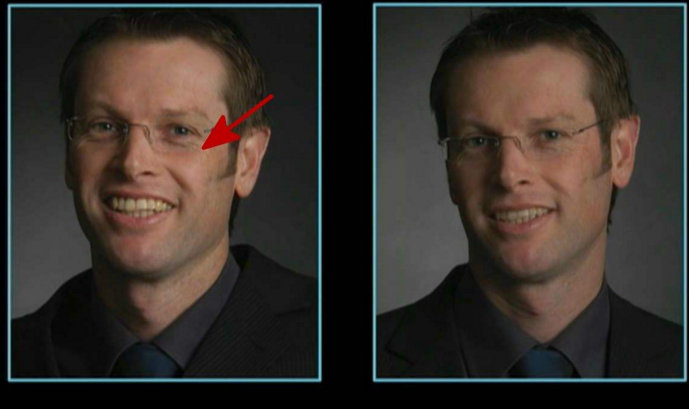
1.What can we know from Paragraph 1?
A Researchers can find when a smile is genuine.
B People are easy to tell whether a smile is genuine.
C Computers are hard to tell when a smile is genuine after being trained.
D A program can detect when a smile is genuine after being trained.
解析:选D。细节理解题。根据文章第二段最后一句until researchers trained a program to examine when a smile is genuine.可知研究人员可以训练程序来检测微笑何时是发自内心的,故选D。
2.What do the researchers begin with the software?
A To analyze a changing facial expression.
B To examine a video clip of a human head.
C To identify specific details around the eyes.
D To track the details moving relative to each other.
解析:选A。细节理解题。根据文章第二段第一句Visual computing researchers at the University of Bradford in the U.K. started with software for analyzing a changing facial expression.可知视觉研究人员用软件来分析面部表情变化,故选A。
3.What’s the difference between a real smile and a fake one?
A Your muscles move the same when you’re faking that smile.
B The muscles around the eyes shift 10 percent more for a real smile.
C The muscles around the mouth shift 10 percent more for a fake smile.
D Your body language moves differently when you’re faking that smile.
解析:选B。细节理解题。根据文章第四段第一句In particular, the muscles around the eyes shift 10 percent more for a real smile than they do for a fake one.可知眼睛周围的肌肉,真笑时会比假笑时多移动10%,故选B。
4.What does the result imply?
A To smile with your eyes.
B To tell a fake smile from a truly happy smile.
C To improve a computer’s ability to analyze facial expressions.
D To make a computer interact more smoothly with humans.
解析:选A。推理判断题。根据文章最后一段最后一句But their real accomplishment is in proving Tyra Banks right: “You have to smile with your eyes.”我们可以得出结论:让你用眼睛来微笑,故选A。